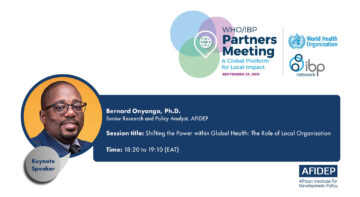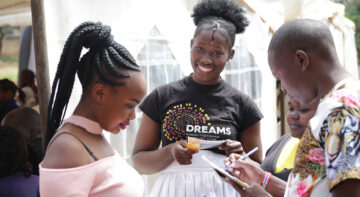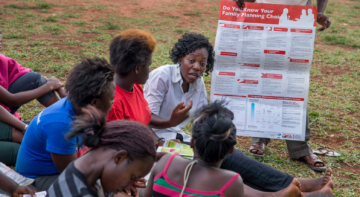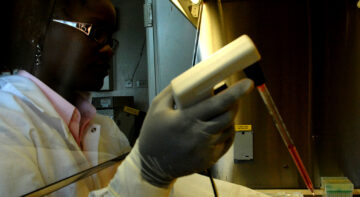Blogs
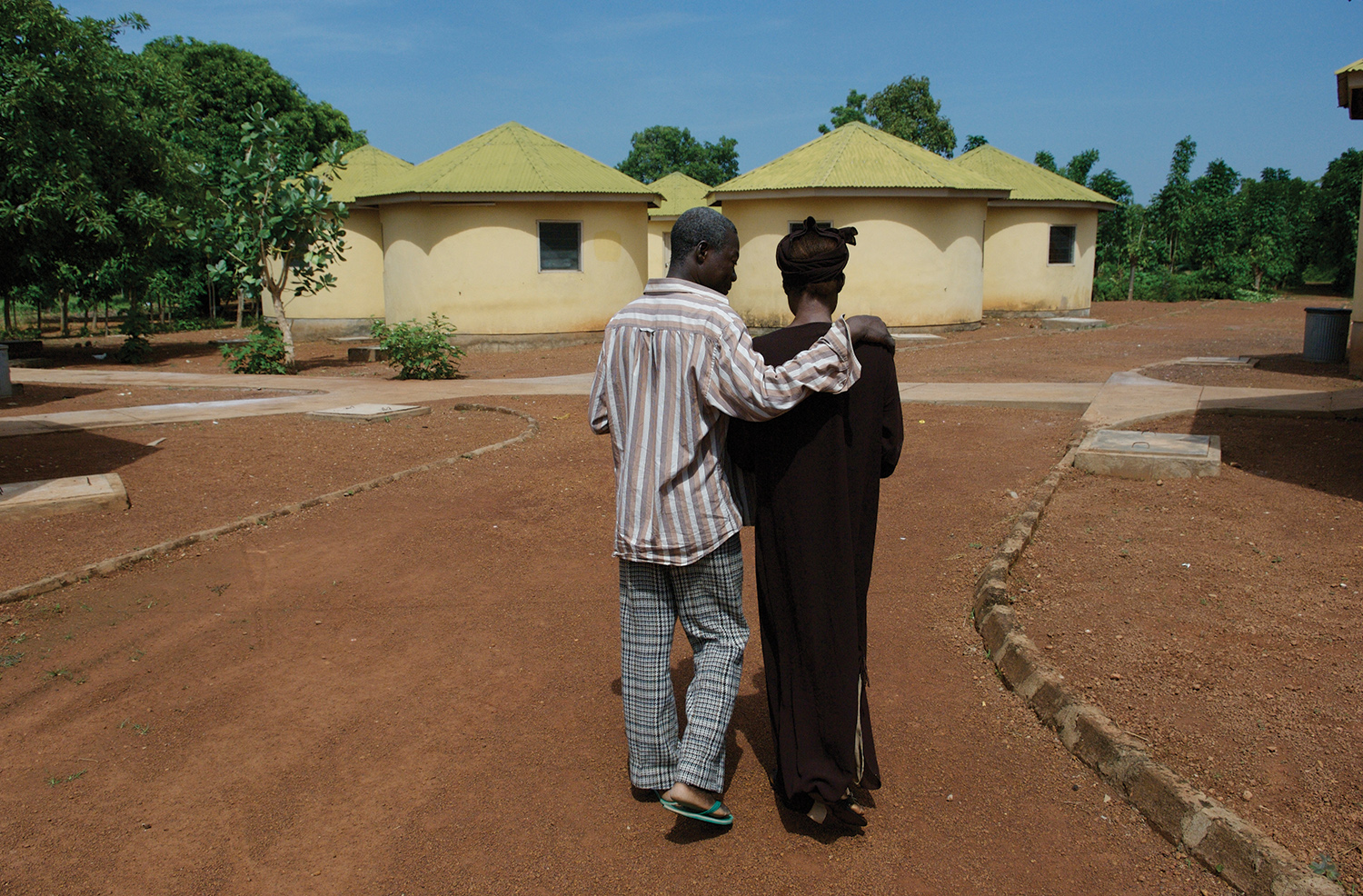
“‘This one is infected, can’t you see how slim she has become?
She will die and no one will attend her burial.’
In my face, they will say that the disease came to me because I was having sex “like a dog”.
The above statement was made by Josephine (not her real name), a resident of one of Nairobi’s urban slums describing her experience living with HIV as quoted in a recent study.
Despite a high level of HIV/AIDS awareness in Kenya (99 percent of women and 100 percent men aged 15 “ 49 years) stigma and discrimination remain worryingly high. A recent report by the National AIDS Control Council (NACC) shows that discrimination against people living with HIV/AIDS (PLHIV) is on the rise. Only 33 percent of women and 48 percent of men express accepting attitudes towards PLHIV, indication that that discrimination against PLHIV remains one of the major hurdles facing the fight against the scourge in Kenya for a number of reasons:
HIV-linked discrimination is considered to be any form of arbitrary distinction, exclusion, or restriction affecting a person. This is usually, but not only by virtue of a person’s confirmed or suspected HIV-positive status”irrespective of whether or not there is any justification for these measures. Discrimination is closely linked to stigma and is often viewed as the result of stigma acted upon.
Stigma and discrimination take many forms and affects women most
Discrimination expresses itself in various forms and is highly attached to societal beliefs and practices. HIV/AIDS tends to be associated with women, seen to be promiscuous, sex workers, gay people, and mobile immigrants like truck drivers. Women like Josephine above are seen to be sexually immoral “having sex like a dog”. Even when the source of the HIV infection is the man, the woman would end up suffering the consequences because in the eyes of the society, sexual infections can only be brought to the family by the woman. The story of Jane (not her real name) below narrated by IRIN is illustrative of the challenge women face as a result of HIV-associated stigma:
“During my last pregnancy … I was referred to the laboratory for tests after counselling. I was initially told to bring my husband for the test but he declined.
After much prodding, he agreed to accompany me but refused to be tested. After the test, it turned out that I was positive.
When my husband heard about it, he just turned violent and beat me senseless, and chased me from home together with the children, claiming I am a prostitute.
But inside I knew I had never cheated on him.”
Stigma and discrimination deny PLHIV their basic human rights
Discrimination undermines individual basic human rights with greater consequences for the health and wellbeing of PLHIV. At the community level, an individual feels ostracised: they can lose their property, their jobs and in the worst… Click To TweetIn fact, some Kenyans do not want to eat, work and live with PLHIV, and prefer not to buy from or sell goods to them, on the grounds that they risk being infected in the process. A recent NACC report noted that 52 percent of Kenyans would not buy food from a PLHIV.
Education, access to health care and personal safety are some of the basic human rights that are threatened and curtailed by HIV/AIDS, since orphans and vulnerable children are less likely to be in school compared to non-orphans. Although experiences vary across countries, in Kenya orphans and vulnerable children are less likely to complete their studies and can have their studies continuously interrupted resulting in higher dropout rates.
Stigma and discrimination undermine health system response to the needs of PLHIV
At the health system level, many people in Kenya are still not being reached with HIV prevention, care, and treatment services. As of 2010, only one in three children needing treatment were receiving it. Where PLHIV have access to medication, they have had to develop new “medical behaviours’ to cope with the high level of HIV-related stigma and discrimination such as hiding when taking ARVs.
Stigma and discrimination hamper HIV prevention efforts
Stigma and discrimination negatively affect preventive efforts as people may fear to go for HIV testing and counselling. People who would like to access preventive services could be put off because of the fear that their ‘HIV status’ could be revealed especially in close-knit communities where members know each other. This has hampered the implementation of a recent WHO guideline encouraging the testing of everyone visiting health centres as part of the routine preventive services. In some cases, health care providers tend to avoid serving PLHIV due to the stigma attached to the service and the consequences thereof.
What can the health system do?
To effectively win the war against HIV/AIDS, stigma and discrimination must be fought with equal, if not stronger efforts as is the case with the biomedical approach. HIV-related stigma and discrimination constitute human rights violations. It is critical therefore that all health sector stakeholders, including communities, work together to address both vices in order to achieve the public health goal of eventually eliminating the HIV/AIDS epidemic by 2030.
Dr. Martin Atela is a Knowledge Translation Scientist at AFIDEP and the Project Manager of the Cross-Border Health Integrated Partnership Project (CB-HIPP). martin.atela@afidep.org.
Related Posts
